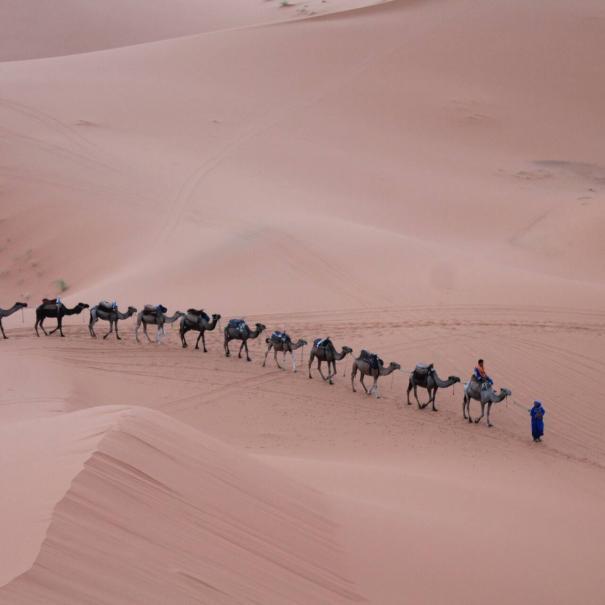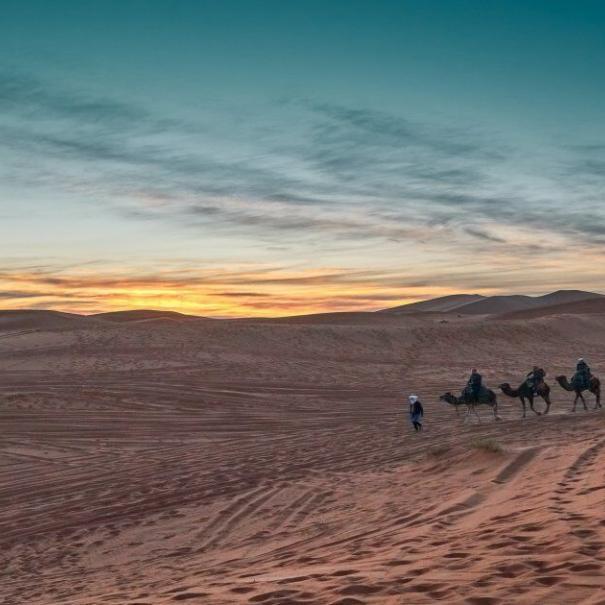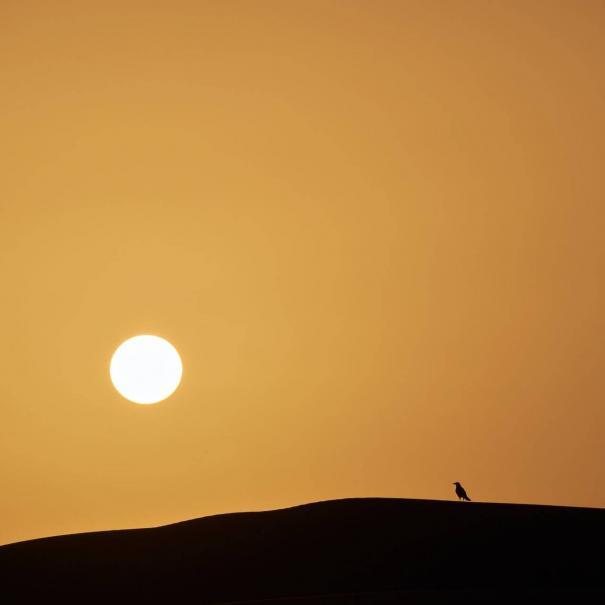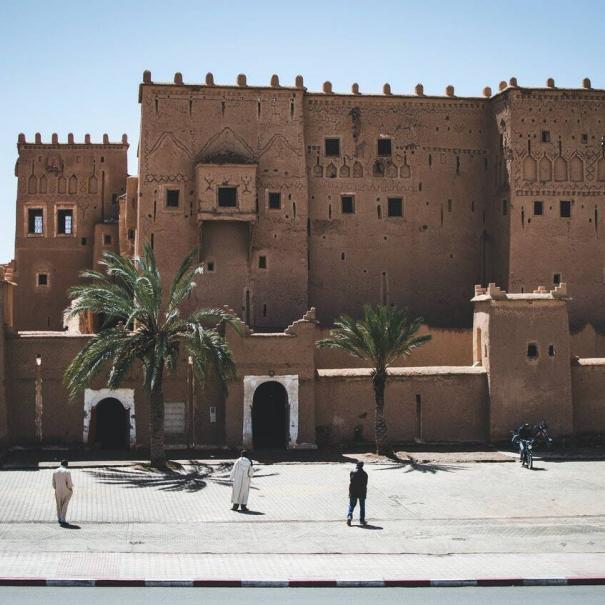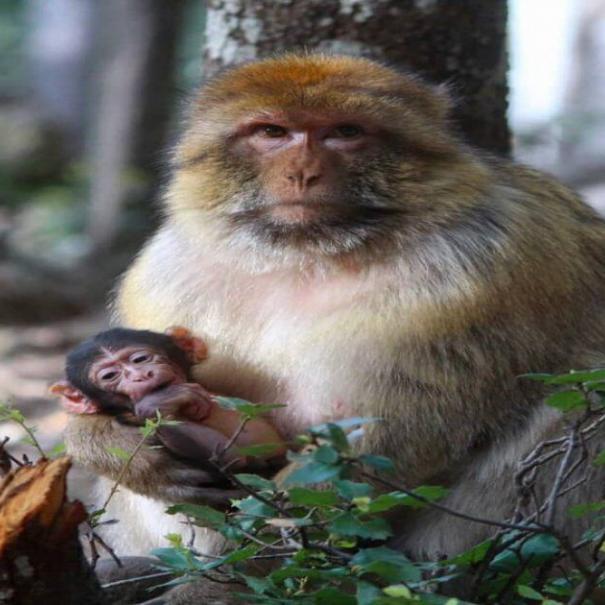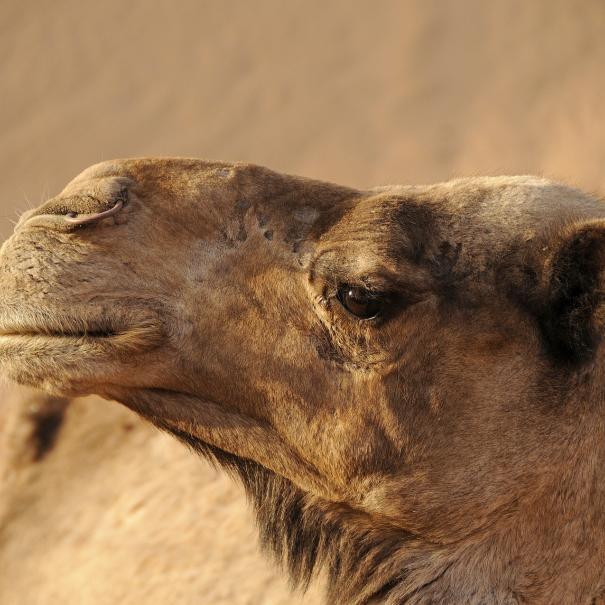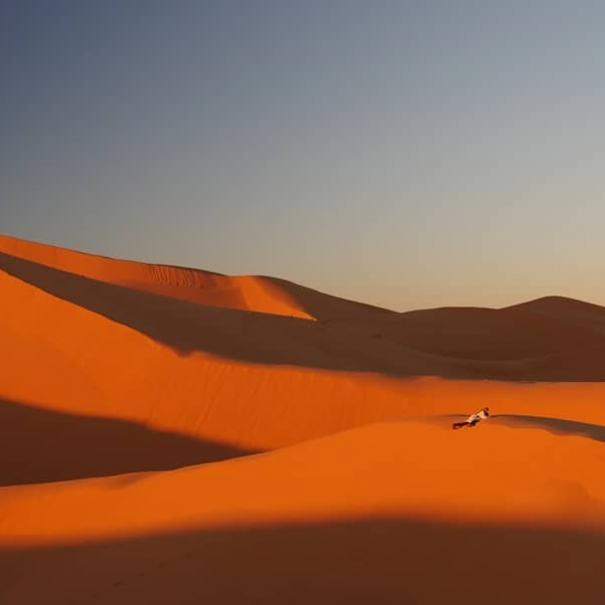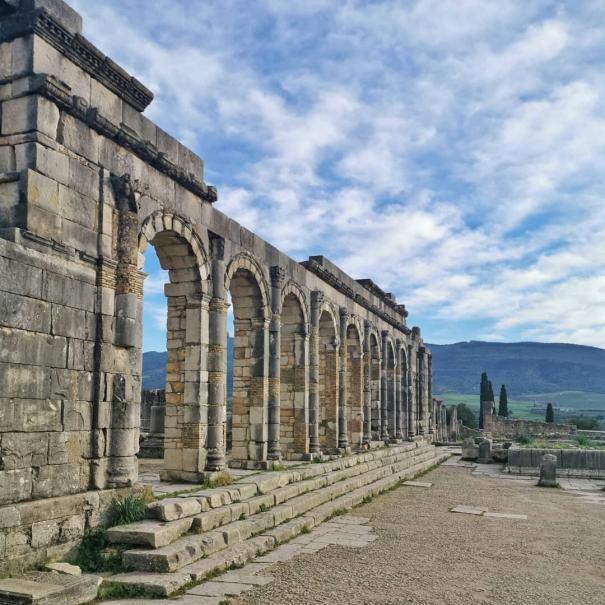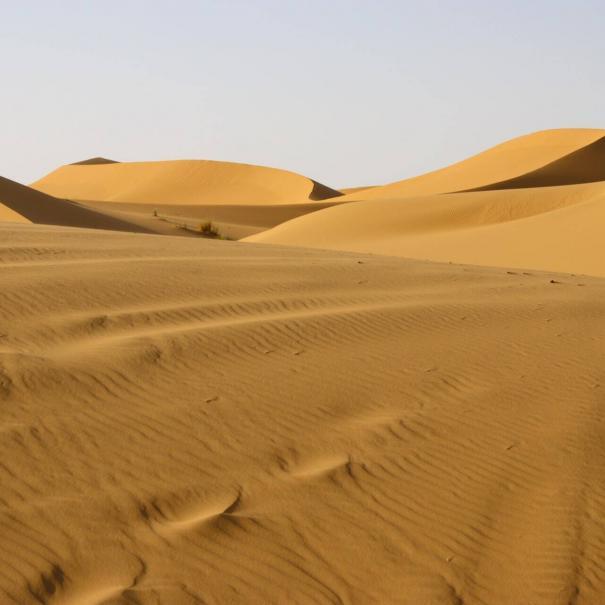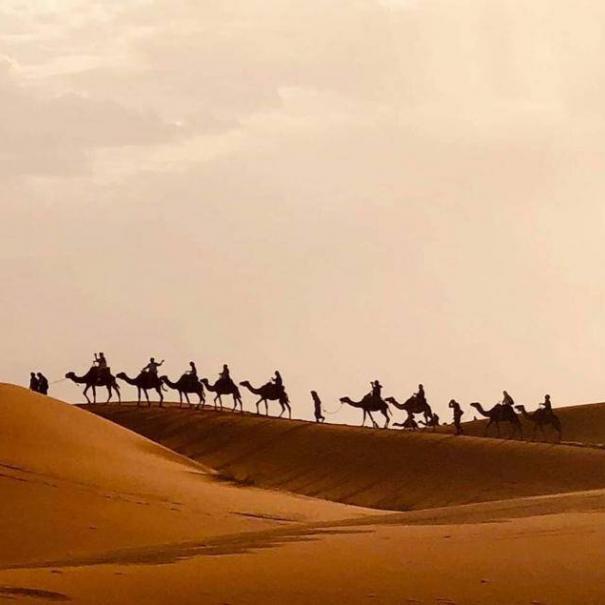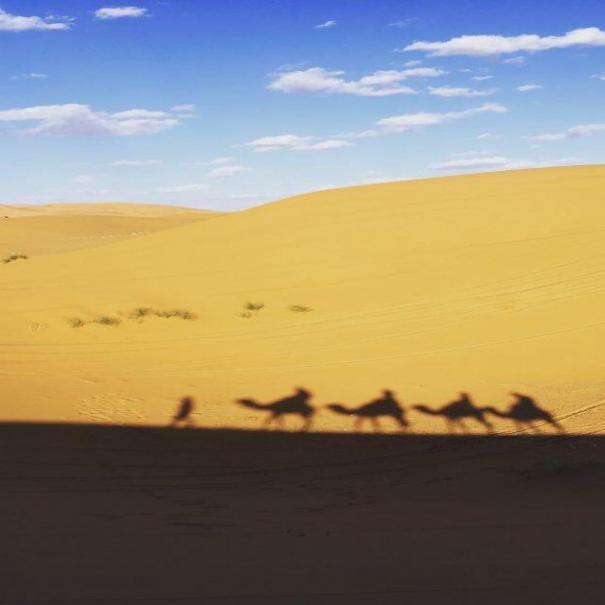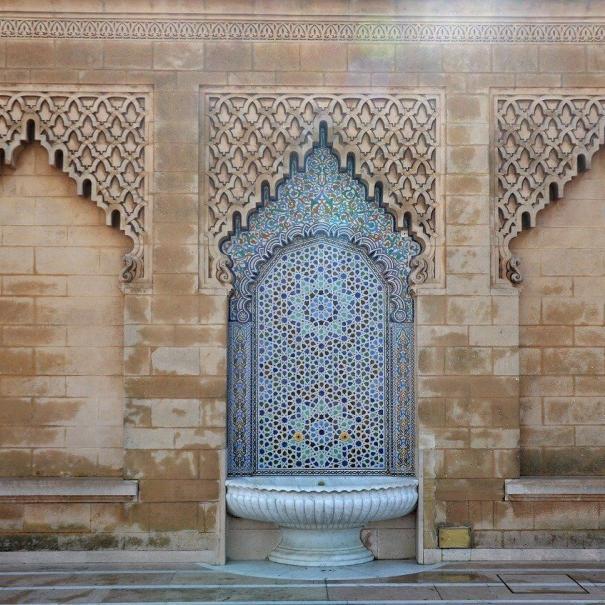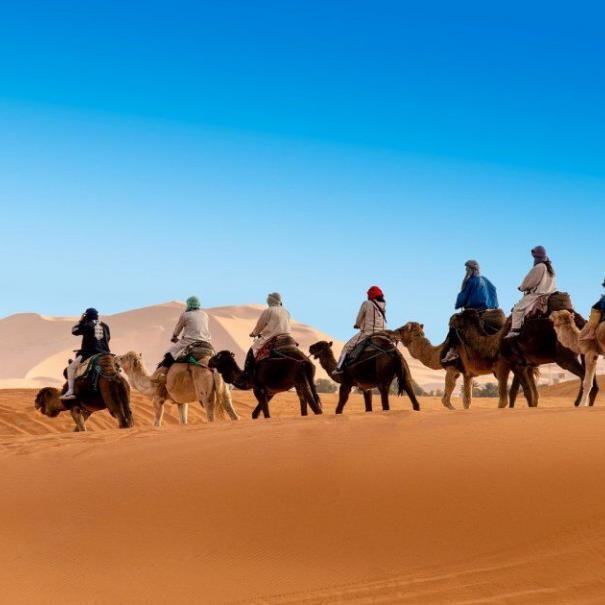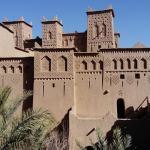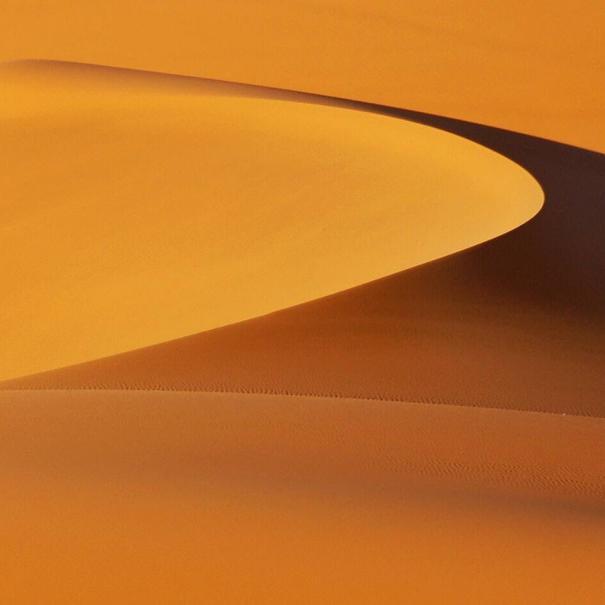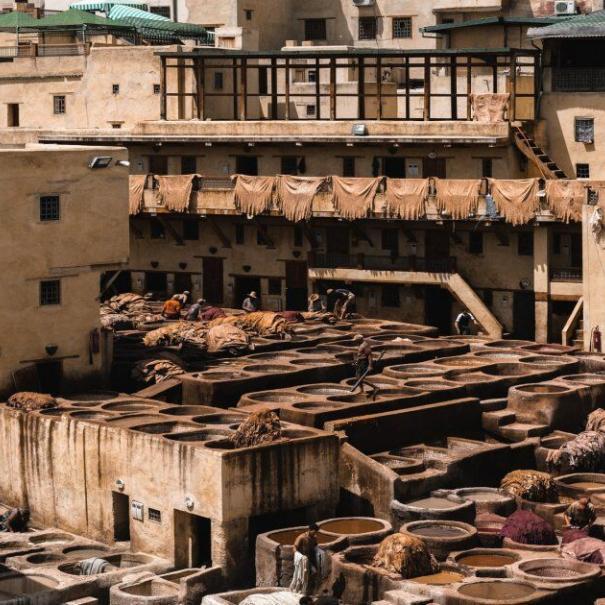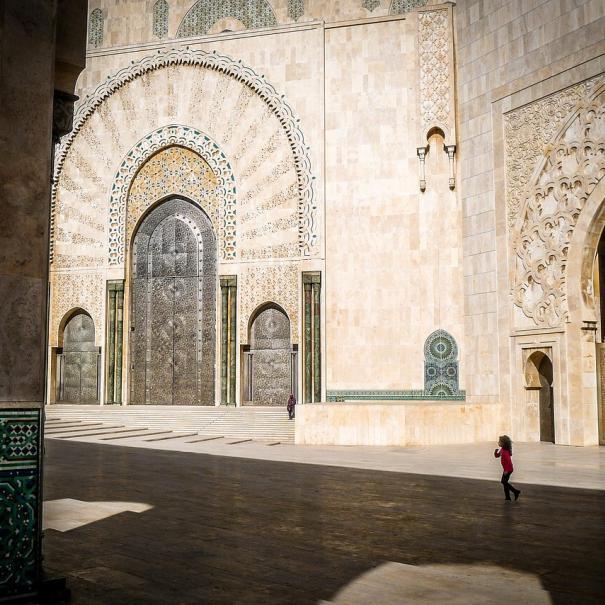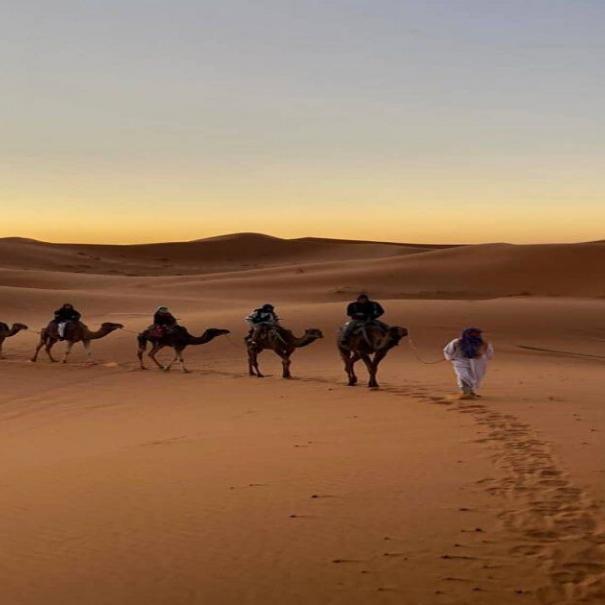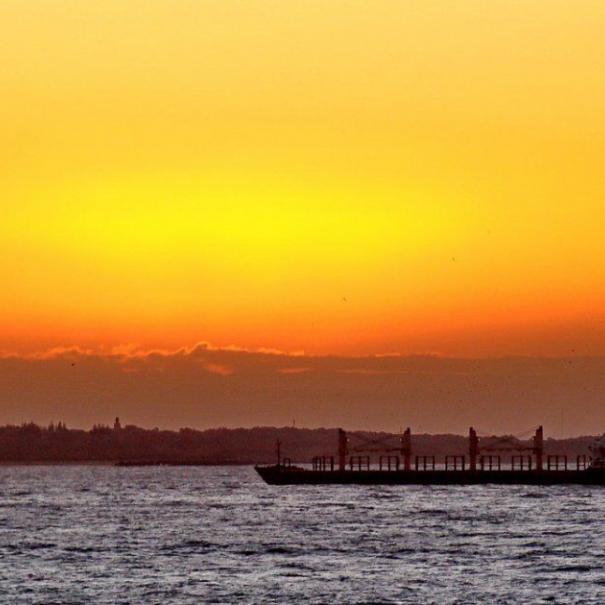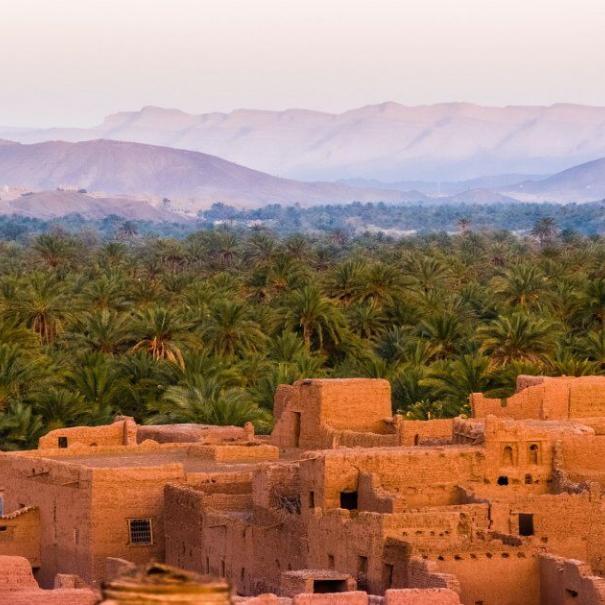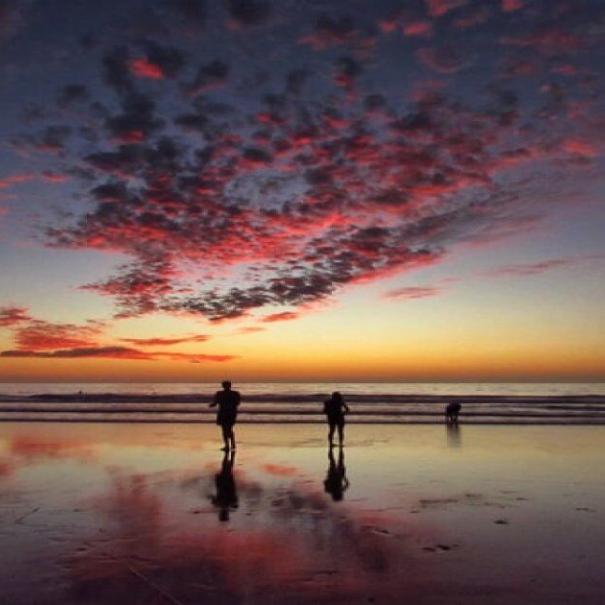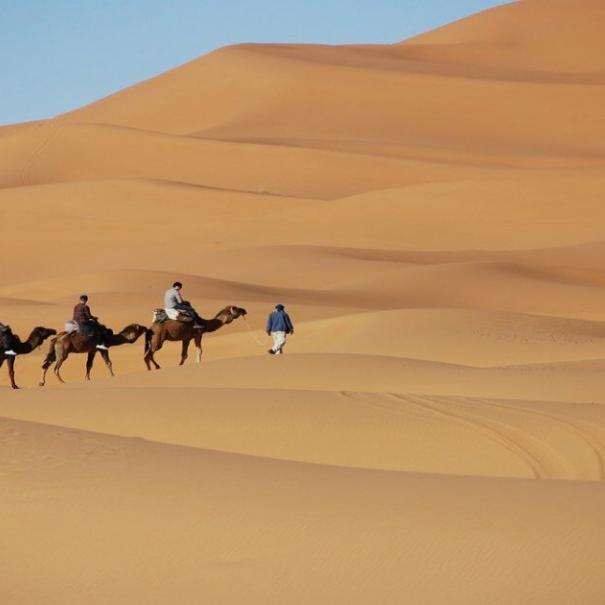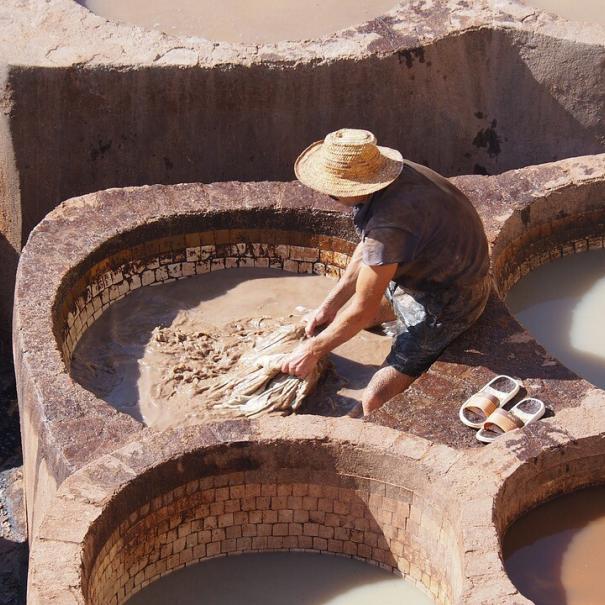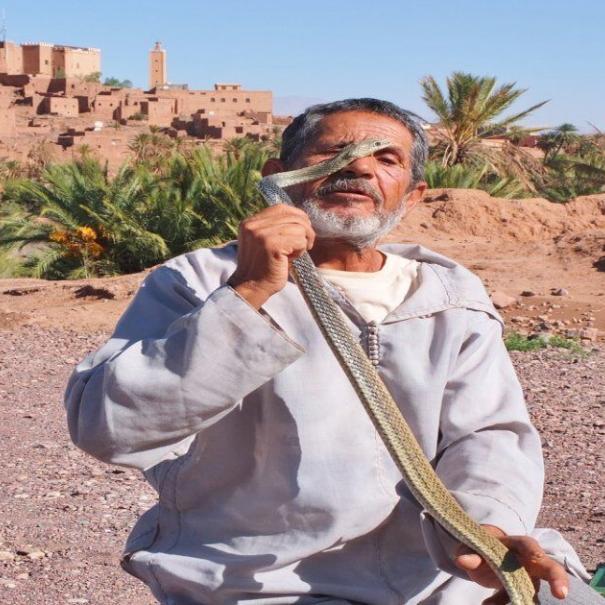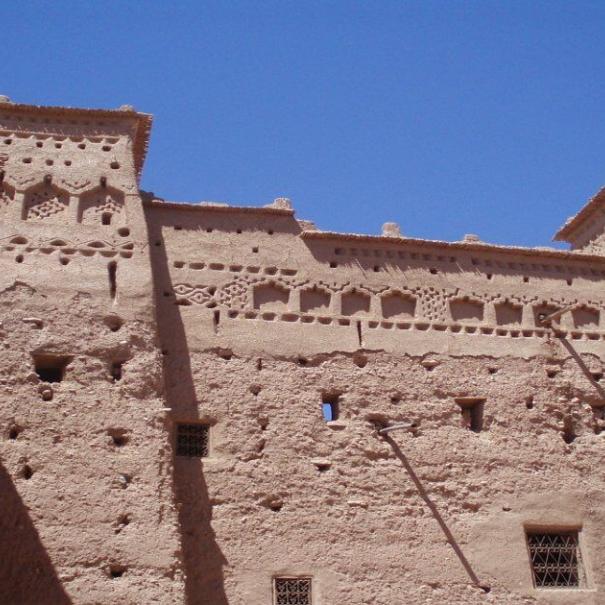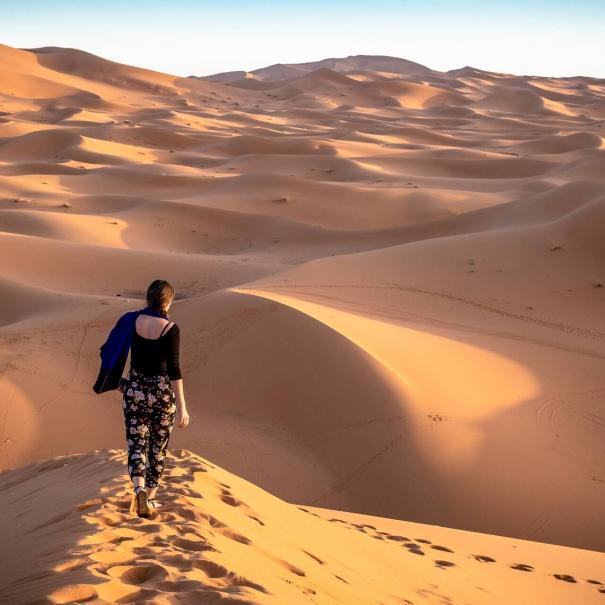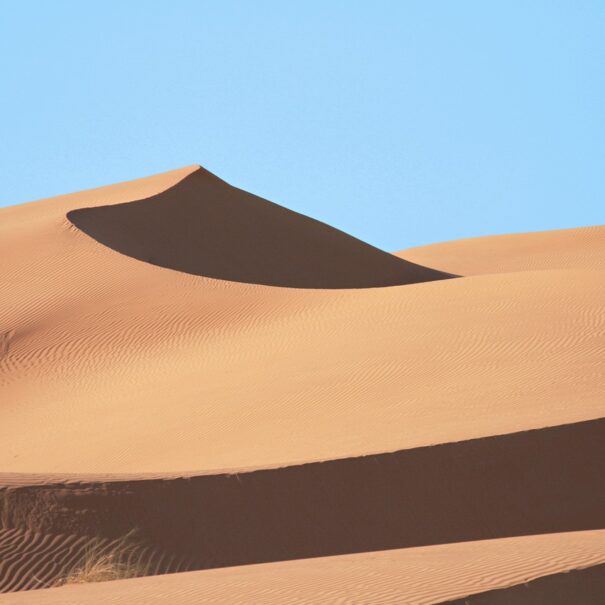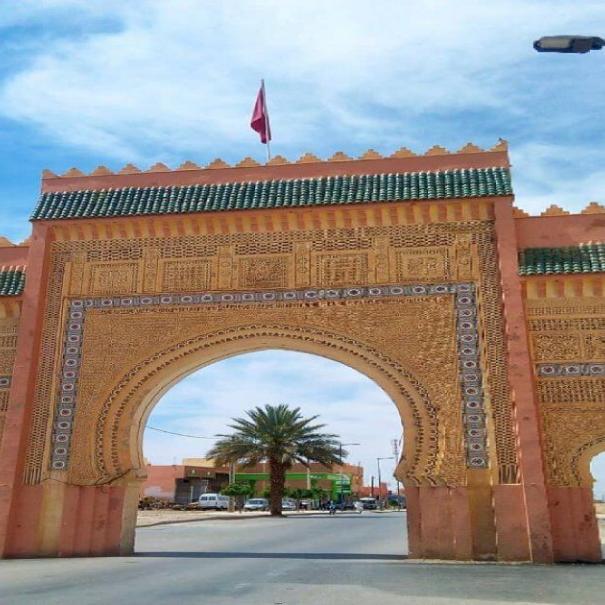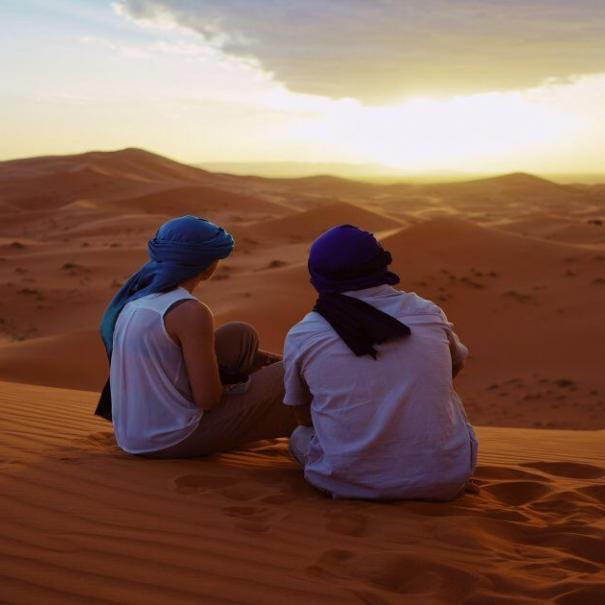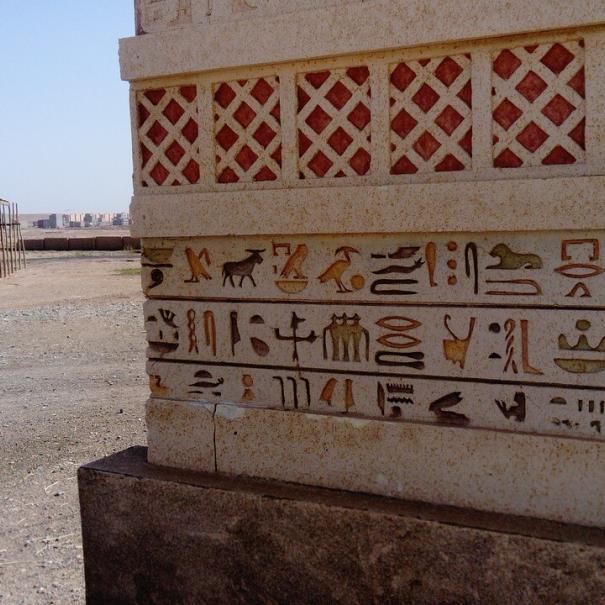Travelling In Morocco
Travelling in Morocco provides the greatest Morocco excursions at reasonable costs, led by locals. We encourage you to plunge into the finest side of Morocco with our guides/drivers, who have more than 10 years of expertise conducting excursions. We've also been named the top tour operator and travel agency for desert adventures, allowing travelers to go camel trekking and spend the night in nomad camps. You will enjoy our country's many cultures, people, and sites in the presence of our guides. With us, you may create a plan that suits your specific requirements. Don't wait any longer; Morocco's beautiful sites are waiting for you.
Quality, service, cleanliness, and value!
What is Travelling In Morocco?
Travelling In Morocco is an agency that is specialized in organizing desert tours throughout Morocco. Offering different excursions and making travelers discover the best of our country is our main goal. As a result, we try our best to be there and help as much as we can to make our organized tours unforgettable experiences that our clients will remember their whole lives.
Not to mention that we are a group of tour guides and drivers that have a wide experience in dealing with tourists and we are recommended for that on Tripadvisor. At first, and since the very young ages, we were working as camel drives in the Merzouga desert, offering only camel tours. At that time, we had many tourists telling us that we are doing well in organizing services and that we should create a website. We thought a lot about the idea that soon enough turned to be a dream. We were very happy in the desert, as we’re getting more and more happy clients from all over the world.
Fortunately, we were among the lucky ones who had the chance to study and know more about the world. Our lives were all about tourism and nothing else, that is why we made a final decision to create a website where we can invite people from all over the world to see the beauty of our country and discover our cultures.
The Sahara deserts like never before
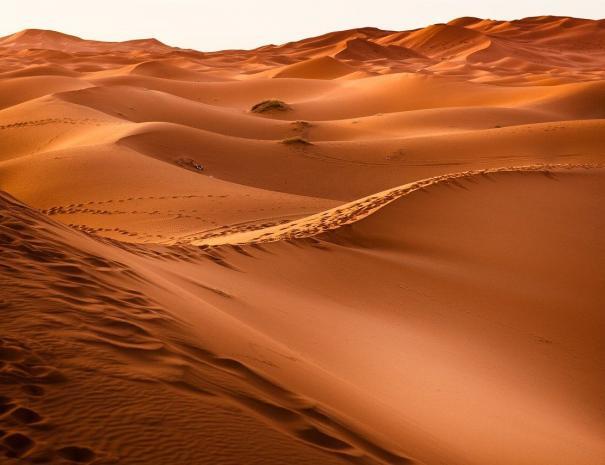
With Travelling In Morocco agency, we offer you the best tours to the Sahara desert. With our best-rated services, you will ride on camels in the heart of the Sahara desert. Even more, you will try different activities and admire the starry sky.
Morocco's historical and architectural monuments
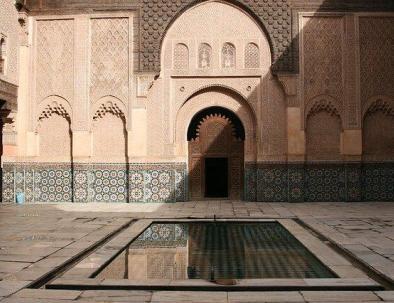
With Travelling In Morocco's very professional and experienced team of guides/drivers, you will enjoy the rich history of our country, not only that but also the old architecture. Morocco is a country of different cultures. Therefore, we invite you to discover them.
Travelling In Morocco to discover the landmarks!
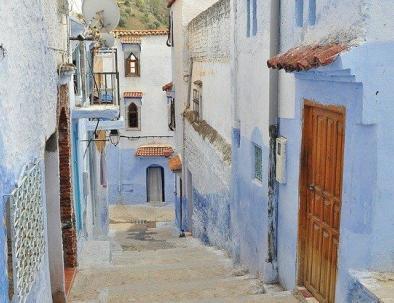
With our staff, you will discover the landmarks of our country as it is known for its diversity, simplicity, and beauty. Here, you will see Kasbahs, imperial cities, Sahara deserts, and more. Join us now and have a full experience all around Morocco.
Our tours:
Below are some of the best and the most booked tours itineraries. We customized these road trips according to previous plans requested by our clients. However, if none of them suit what you are looking for, please fill in our contact form with your needs.
What customers say about Travelling In Morocco:
Travelling In Morocco is great!
“We are delighted to have signed a deal with them. For our trip, we received excellent advise. Said and Mohamed always handle you in a unique and courteous manner. They have worked with remarkable professionalism and efficiency. Everything went according to plan with the deal. Without a doubt, I'll contact you again on our future holiday.”
Best accommodations ever!
“All of the locations are breathtaking. It's a thousand times better! With all of the persons involved, Travelling In Morocco's agency services were excellent! Everything was fantastic! Professional, well-organized, and meticulous in every aspect. Hassan, our extremely kind and experienced guide, was always willing to help us, even after the expedition was over. Excellent accomodation and meals. Definitely recommended!”
Morocco in 4 days!
“We took a 4-day excursion across the Merzouga desert from Marrakech to Fes, and it was a wonderful experience. We had the good fortune to spend those days with Mohamed, the driver, a Merzouga local. Who contributed to the authenticity of our trip? We've been able to witness how the Berbers live since he has patiently answered all of our questions. We were heartbroken to have to say his goodbyes. Certainly, we would suggest it to anybody planning a trip to Morocco. ”
Thanks Youssef and Said!
“It was a very remarkable experience. We initially met Youssef, who made the vacation very unforgettable. With a fantastic guide, Said, we began our journey from Tangier to Marrakech by driving over the sand dunes. We went to the desert and hallucinated, particularly when sleeping beneath the stars in the midst of the desert, and we saw a lot of Morocco's terrain from north to south. Thank you, Youssef and Said; you are a wonderful family who have educated us about another country, customs, and way of life.”
We love Travelling In Morocco!
“We only had a few days and were unable to participate in the three-day, two-night desert tour. They gave us the option of staying just one night, picking us up in Fes, taking us to the desert, and then transporting us to Marrakech the following day. Our private guide, Aziz, did an excellent job showing us around and explaining everything. Laughing and expressing a strong desire to study a variety of languages (he already knows half of them!). Without a doubt, this is an event that you should not miss! We'll spend more nights in the desert next time! Thank you Travelling In Morocco.”
Best camel rides and blue city
“The truth is that the trip was better than expected. We started contacting Travelling Morocco agency and booked a trip. With absolute punctuality a lot of help from Mohamed the driver a very happy Berber boy, always with a smile, very good driver and a good connoisseur of the desert. It is spectacular how young nomads adapt to all languages, learn with people. A very long but spectacular return to visit Fez the cultural capital, go to Dades, Gorges of Todra to finish in Chefchaouen to the blue city with two young and very instructed guides we learned of their cities and of the Islamism.”
Top sites to visit with Travelling In Morocco:
Travelling in Morocco will expose you to numerous gorgeous sights and breathtaking activities. As a result, we’ve included them below so you can get a sense of where you’re going.
The list does not include all of the information. Please do not hesitate to inquire if you would want to incorporate any city, activity, or stop in your trip with us.
Marrakech:
The Almoravid dynasty’s king Youssef Ibn Tachfin built Marrakech in 1071. That is to say, since the Almoravids were a very devout people, several mosques with minarets were already being built in the streets of Marrakech at the time. pointing to the sky, as well as Koranic seminaries where future imams will be educated Concurrently with the erection of religious structures. Also, many of the city’s craftspeople arrived from Cordoba or Seville, Spain, during this time period. The city was erected with monuments that are today synonymous with Marrakech, including as the red ramparts and several city gates.
Almohads have it in their hands:
The city fell into the hands of the Almohads in the eleventh century. From the High Atlas, who annihilated the Almoravids and destroyed their countless works. The iconic Koutoubia mosque, which dates from this time, still stands in Marrakech. It is also one of the most stunning Moroccan manifestations of Moorish art due to the strength of its external construction. At same time, the Bab Agnaou gate was also built.
After the Almohade dynasty, various peoples succeeded one another at the helm of the red city. For numerous years, Marrakech was ignored. Marrakech did not recover its brilliance until the fifteenth century, when the city was seized by the Saadians. One of the most stunning sights to see in the ochre city is the exquisite El Badi Palace, which is situated in the Mellah neighborhood. Sultan Ahmed al-Mansur Dhahbi built it to commemorate his army’s victory against the Portuguese in the “Battle of the Three Kings.” This effectively put an end to Portugal’s attempts to conquer Morocco. You also believe the Saadians’ tomb dates from this time period…
During the reign of the Alaouites:
The city of Marrakech will lose relevance in the eyes of these people when the Alaouites capture control from the Saadians, and Meknes will become their imperial capital. The city would not develop again until 1912, when the French protectorate ends, and the new district of Guéliz emerges. The headquarters of firms and banks may be found in this district. The municipal government, as well as prominent luxury brands and retail businesses. There are also various global eateries and mythological cafés there.
Marrakech is not just a must-see city, but also the starting point for excursions offered by our Travelling In Morocco organization.
Fes:
Fez’s history is intertwined with that of Morocco, since it is the country’s first Muslim metropolis. For a long time, it served as a competitor to Marrakech, Meknes, and Rabat. Today. Fez is the country’s spiritual capital.
Fez’s Beginnings:
Berbers inhabited this country prior to the advent of the Arabs. It’s also following. The Arabs are city residents, whereas the Berbers are more rural.
Idriss ben Abdellah, the founder of the Idrissides, the first Muslim dynasty in the Maghreb, built Fez in 788.
The selected location will be at the intersection of numerous trade routes:
– From the south (Sijilmissa & Mali) to the north (Sijilmissa & Mali) (Ports of Tangier and Ceuta).
– The east (Marrakech) and the west (Algiers) (Tlemcen, Tunis, and further on Cairo and Mecca or Damascus).
With the Oued Fez River and gushing springs, the future Fez is awash with water. Furthermore, the surrounding area is good for agricultural production and has building resources such as Middle Atlas Mountain stone, clay, and wood.
Expelled families from Cordoba (now Spain) and Kairouan (now Tunisia) progressively inhabit both sides of the river, becoming two cities:
On the right bank of the Karouanais is the Karouanais bank.
On the left bank, the Andalusians’ bank (little tourist today).
Fatima el Fihriya, a Kairouanese aristocrat, built the Quaraouiyine mosque in 859. Furthermore, it will be the first Muslim university in the world, maybe even before Bologna in Italy. The Al-Andalus mosque is situated on the opposite bank.
The banks are combined in a walled enclosure (1069) with the Almoravides dynasty: the contemporary Medina of Fez.
The city prospered and became a significant intellectual centre under the Almohad rigorists.
Fez in the Golden Age:
The emergence of the new Merinid dynasty is a watershed moment in history.
In 1276, Abu Youssef chose to abandon the Kasbah Nouar in Medina in favour of establishing a new town farther west: Fez la Blanche, la Neuve, or Fez El Jedid in Arabic.
A palace was erected, troops (the Mellah) were stationed in the region, and residential sections were soon fortified. The new authority did not get universal acceptance from the populace. As a result, it was critical not to take any chances.
To lessen public resistance, a number of actions were implemented:
To undercut the religious dominance of the great mosques antagonistic to the government, lavish colleges (Medersa) were built in Medina. Poor students from all throughout the country go there to study under the sultan’s lavish sponsorship. They will become appreciative and loyal citizens and government employees.
The discovery of the founder Idriss ben Abdellah’s tomb is an excellent argument to relocate the Jews from Medina to the old Mellah citadel. 1 stone, 2 blows: Infidels will be kept out of the new holy location. Above important, the monarch will keep the Jews under his authority, dividing the influence of Fez’s merchants.
It is Fez’s golden period, and the Christians’ reconquest of Granada has pushed the Muslims into the city, bringing their know-how with them.
In particular, Fez will become a storehouse for Arab-Andalusian culture in architecture, music, and gastronomy.
The Ouattassides (or Wattassides) led to the collapse of Fez, which culminated in a devastating earthquake in 1522.
The Saadians chose Marrakech as their city, and the El Badi Palace was erected there. Because the new monarchy is distrustful of the citizenry, castles will be built around Fez.
For a while, Fez was the capital again under the Alaouites. Then it’s Meknes’ turn for the time being.
Many independence rebellions erupt during the French protectorate, challenging the Sultan’s power: Rabat becomes the new capital.
Fes is one of the highlights of the trips offered by our Moroccan travel business, Travelling In Morocco. You may begin your trip to the Sahara desert or any other place in general from this cultural metropolis.
Merzouga:
Merzouga is perhaps the greatest and most memorable of our Morocco vacation spots. A metropolis that seems to be floating in space, far off from everything and everyone, and shrouded in a beautiful stillness. This is Merzouga, a Saharan desert expanse. Crossing its dunes is an exhilarating experience that should not be missed during your Morocco tour.
Although Sahara is an Arabic term that means “lonely,” viewing certain Moroccan landscapes gives you a sense that is far from lonely. There are, on the other hand, locations that fill the spirit and heart. One of them is Merzouga. Seeing the sun rise and set amid the sand dunes is a once-in-a-lifetime event. The tallest dunes in the Sahara desert, some of which are over a hundred metres high, may be found in this magical location. Merzouga’s sand dunes, known as Erg Chebbi, are situated in Morocco’s southeast.
The neighbourhood is made up of a tiny cluster of dwellings divided by two streets: one that extends from the desert to Rissani and the other where visitors may buy food from the few shops that exist. From Merzouga, you may go on some spectacular adventures, such as crossing the desert on a camel or dromedary and enjoying the sunrises and sunsets, as well as the starry sky at night. For individuals who aren’t fond of this kind of adventure. Even more exciting is a trip in a 4 x 4 off-road vehicle, during which you may traverse the dunes and visit a Berber family when you get weary.
The Sand Dunes:
Merzouga and its dunes put up a spectacular performance. The sensation of powerlessness that you have in front of this natural display is practically palpable. The stillness that surrounds you, the gentle breeze that caresses your hair, and the sun that warms both your body and your heart.
Merzouga is a spot where you may feel alone in the middle of nowhere while yet experiencing fantastic experiences that only nature can provide. Unlike other parts of the Sahara, the Erg Chebbi is surrounded by a thirty-kilometer-long swath of golden dunes. Merzouga’s dunes, which reach 150 metres and overshadow the same-named oasis, are among the tallest.
During the day, the hue of these dunes changes from pink to gold to red. In the winter, you may enjoy an even more thrilling show. A little lake, the Dayet Srji, rises amid the dunes, attracting hundreds of pink flamingos and storks.
Chefchaouen:
Chefchaouen is a little town in northeastern Morocco located in the mountains, giving a lovely Mediterranean environment. It’s a place with legendary whitewashed blue hallways and a warm and inviting ambience. This city is a haven for tired travellers, a source of inspiration for photographers, and a treasure for the curious traveller.
As a result, we welcome you to explore this unique medina with a sense of nostalgia. This historic city, where you’ll be served as much mint tea as marijuana and where you may switch between French and Spanish, is a must-visit. This is a spot where you can relax and unwind while taking in the cultural richness of northern Morocco, which is considerably distinct from the rest of the country.
Chefchaouen’s Kasbah (Casbah):
The kasbah, which can be reached by Outa el Hammam for a fee of 10 Dh at the gate, is one of the medina’s principal historical attractions. It is unlikely to be the most spectacular of the kasbahs you will see during your trip in Morocco. However, it is still a fascinating landmark to explore. A lovely garden and a view of an extremely amazing edifice may be seen inside these walls, which were completed in 1471 by Rachid Ben Ali.
During your tour with the Travelling In Morocco service, you will see an ancient jail as well as the ethnological museum of Chefchaouen, which has a huge collection of folk art and handicrafts from the country’s north. Make sure you don’t leave without going to the top of the kasbah tower, which offers a 360-degree view of the surrounding area, particularly the big mosque.
The medina’s entrances:
Chefchaouen, like every other location, has its own unique characteristics. The Medina is covered with many colours of blue, yet there are few elements that stand out sharply against this amazing blue. These are the entrance doors. Throughout my time in this city, I was obsessed by the many doors of homes, riads, and shops. They might be a vibrant and distinctive hue, or they can be more neutral with unique and gleaming handles.
The Mosque of Spain:
We confined ourselves to the Spanish mosque situated on the road leading to the Ras-el-Ma waterfall and the kif fields, despite the fact that there is a magnificent range of climbs to undertake in this region of the nation. The Ras-el-Ma water spring is a good area to relax and appreciate the lively residents as well as the more natural surroundings. In terms of hiking, it is a really nice climb that takes around 15 minutes to complete. When you get to the mosque, you may rest and take in the amazing view of the city. The presentation is just great!
A journey to Morocco using the agency Travelling In Morocco:
We suggest booking a tour with us if you want to visit Chefchaouen during your vacation to Morocco. Local guides from Travelling in Morocco can help you get the most out of your trip by showing you around the city and showing you all it has to offer.
Meknes:
Meknes’s History:
The Inter-Governmental Commission of the United Nations Economic and Social Commission designated Meknes as a World Heritage Site in December 1996.
It is one of Morocco’s four imperial cities. It enjoyed a time of immense wealth under the reign of Moulay Ismail (1672 – 1727), and what remains of this era of glory, as well as prior periods, making this city an essential stop on any journey with Travelling In Morocco service. For strategic, political, and geographical considerations, Moulay Ismael picked Meknes as his capital. Remember that Louis XIV was the reigning monarch of France at the time. The well-known incident is Moulay Ismael’s marriage proposal to one of Louis XIV’s daughters, which did not take place since the suitor already had three wives. Louis, ever amusing, gave him three Comtois clocks, which may still be seen in the tomb!
The Meknes Kasbah is significant not only because it is the first major work of the Alaouite dynasty, but also because it is the first great work of the Alaouite dynasty. A Moroccan dynasty that has ruled for nearly 300 years. The Ismaili Kasbah is an important piece of Moroccan architectural heritage. Its monuments astonish with their seeming variety as well as their inherent uniformity. On the ornamental plan, a set number of doors are emphasised in particular (Bab Mansour Laalej and Bab Errih). Allow entry to a palace, a sub-assembly, or even the whole Kasbah. It is primarily these doors that give Meknes the nickname of “Capital of Beautiful Doors.”
Bab El Mansour’s Gate:
Meknes was created in the 10th century by the Zenet Meknassa tribe from Morocco’s eastern region. She was drawn to the area by the soil’s richness, the amount of water, and the beauty of its gardens. Taza was established by a member of this tribe. There were only a few villages without walls before it was built, and they coexisted happily in an agrarian existence based on Berber customs.
Mosques are constructed in the following ways:
The Almoravids fortified the city in the 11th century. In the twelfth century, the Almohads repopulated it and erected mosques and hammams (Moorish baths). Mohammed An-Nasir, the fourth Almohad ruler, restored the main mosque and added a mihrab (around 1203). Meknes became the seat of the viziers when Abu Yusuf erected a Kasbah.
Many monuments were created by Abu Youssef and Abu El Hassan during the rule of the Merinids in the 13th century. Meknes will actually become a Hispano-Maghrebian metropolis under the Merinids.
The cities of the north lost their prominence throughout the Saâdyine period. The city of Meknes did not become the first imperial metropolis until the end of the 17th century, with the arrival of the second Alaouite sultan. Moulay Ismael, the governor at the time, gave it a remarkable transformation; he wished to make it a magnificent capital. As a result, he made it his permanent abode, adorning it with opulent palaces, mosques, madrasas (schools) with harmonic ensembles, huge gateways, formidable fortifications, enormous gardens, ponds…
Kara’s Prison:
Moulay Ismael’s son Moulay Abdellah continued and finished part of his father’s work after his father’s death in 1727. Several monuments were built in Meknes during his rule, which lasted from 1757 until 1790. He constructed mosques, mausoleums, and the Dar Beîda Palace, which is currently home to the Royal Military Academy. The Alaouites have continued to construct monarchs’ palaces till now, and the Kasbah of Meknes hence has a special significance.
Fountains:
Meknes is now divided between an ancient and a modern city by the Boufekrane wadi valley. The medina, with its numerous minarets, fortifications, and imperial city, can be seen beautifully from the modern city.
Casablanca:
Casablanca sprang established atop the ruins of Anfa, an ancient city. At the end of the seventh century, it played a significant part in Moroccan history. Also, the start of the eighth century. Anfa was formerly a fishing harbour and is now a flourishing city thanks to its agricultural hinterland.
During the Portuguese invasions in the 15th and early 16th centuries, it was completely destroyed. Sultan Sidi Mohamed Ben Abdellah would then rebuild the city in the 18th century (1757-1790). The white city had barely a thousand residents in the mid-nineteenth century.
The city’s port gradually linked it to the rest of the globe. It piqued the curiosity of Europeans at first, owing to commerce. Then it established itself as North Africa’s European counter and became Morocco’s first export port.
The port’s traffic is propelled by the advancement of steam navigation and the expansion of the textile industry. It will thereafter become one of the main wool providers in the Mediterranean area.
They built a regular marine route between Marseille and Casablanca in 1862.
The port of Casablanca, which opened in 1912 and was the kingdom’s first significant modern port, boosted the city’s and region’s economic activities. As a result, it attracted a large number of investors and employees.
Casablanca, Morocco’s economic capital:
As a result, the modest city of Dar al Baida moulded its destiny to become the country’s greatest economic hub, metropolis, and financial capital.
Between 1910 and 1950, the city enjoys a rich era of wide-scale development, including the design of major avenues, the construction of huge buildings, the introduction of regular shipping lines, and the birth of the car, with the Euro-automobile Rally Casablanca in 1920.
The Allies’ arrival in North Africa in November 1942, particularly the American landing in Casablanca, Operation Torch, which is still fresh in the minds of elderly Casablancais, will be remembered as a watershed moment in the Second World War.
The leaders of the Allied powers (Roosevelt, Churchill, Giraud, and de Gaulle) convened in Casablanca two months later to outline their postwar policy during the historic Anfa conference in January 1943.
Between 1953 and 1965, Casablanca was a popular film.
Casablanca is a city that stands up against oppression. Casablanca was the birthplace of the resistance against the French Protectorate. It was a collective effort by all Casablancais. Great resistance warriors died as a result of their efforts. Casablanca the Resistance fighter burst into flames after Sultan Mohamed V’s expulsion by French authorities (1953-1955). When the Sultan returned, the ladies exited their cloister to greet him.
A great sense of patriotism was reawakened during the Green March (1975), a nonviolent, epic march led by King Hassan II to free the Sahara from Spanish rule. With 35,000 volunteers, the group from Casablanca was the biggest.
The Protectorate, Operation Torch, and the ensuing German counterattack forced the Casablancais to evacuate to the interior.
The Casablancais’ rebellion against Sultan Mohamed V’s deportation, as well as the protest riots of 1965 and 1981, reinforced the population’s cohesion, developing a strong devotion to the monarchy, the country, and the city.
Casablanca was the epicentre of the protectorate’s resistance. The armed resistance’s districts included the ancient medina, the Habous, Derb Sultan, Derb Al Kabir, and others.
The “fidayeen” fought for the country’s political independence to be restored. “Al Fidaa” means “Redemption” in Arabic.
This nationalist urge is commemorated in the city’s major thoroughfares, which bear its name. The Bd Al Fida runs through resistance fighters’ neighbourhoods. The Bd of Resistance, led by Bd Zerktouni (the resistance leader), surrounds the whole city.
